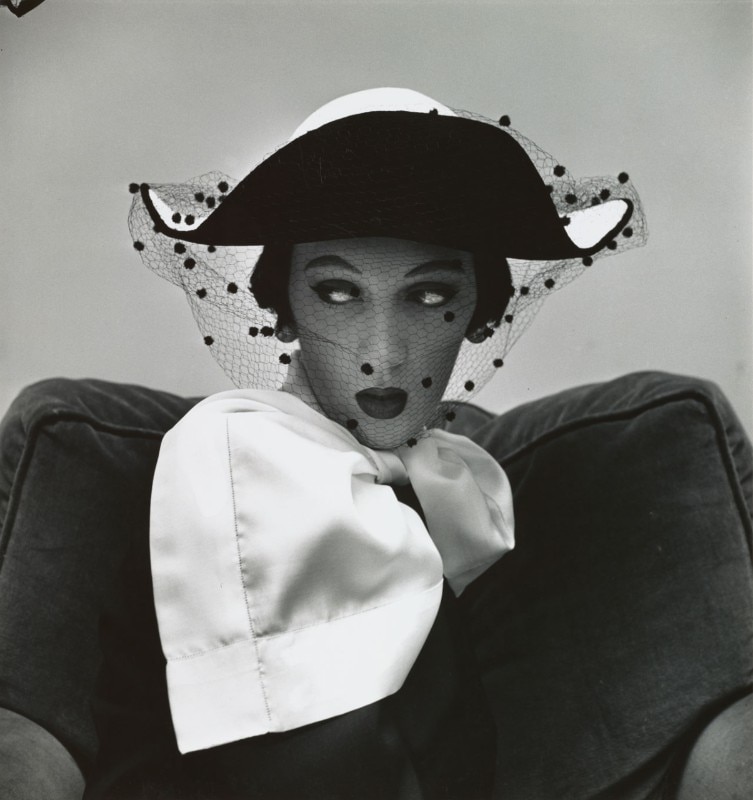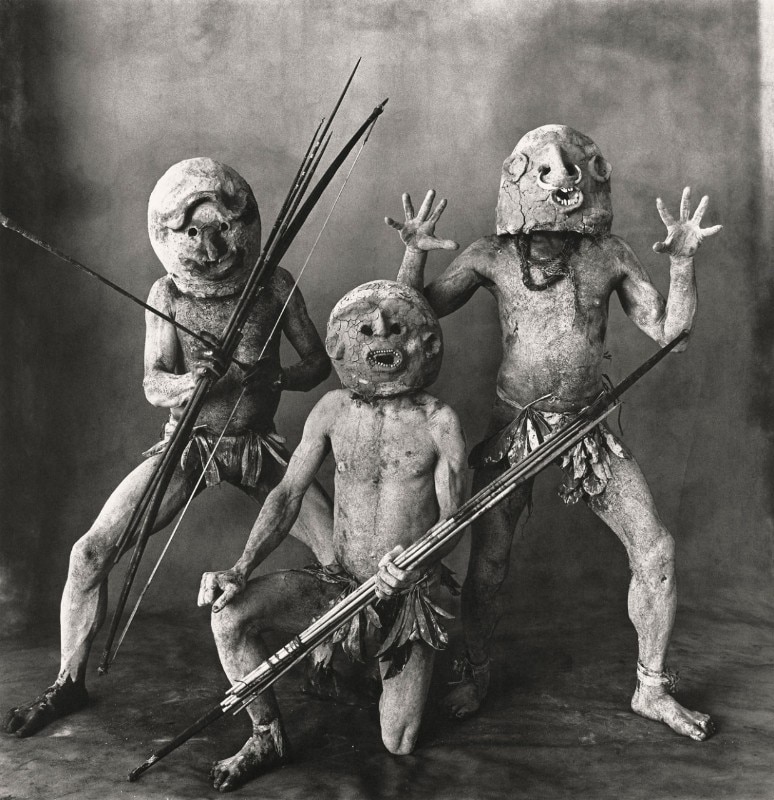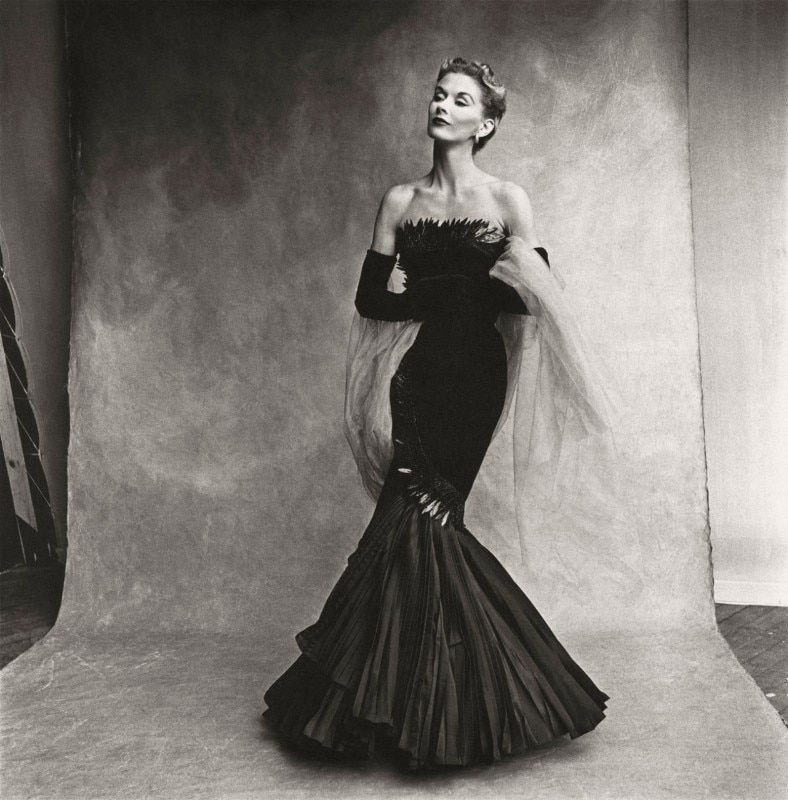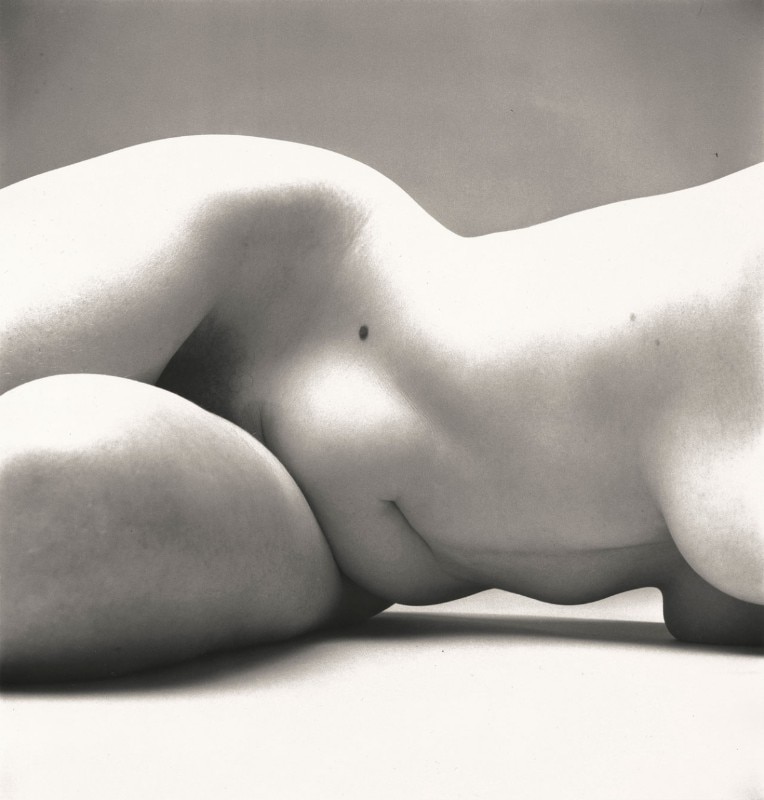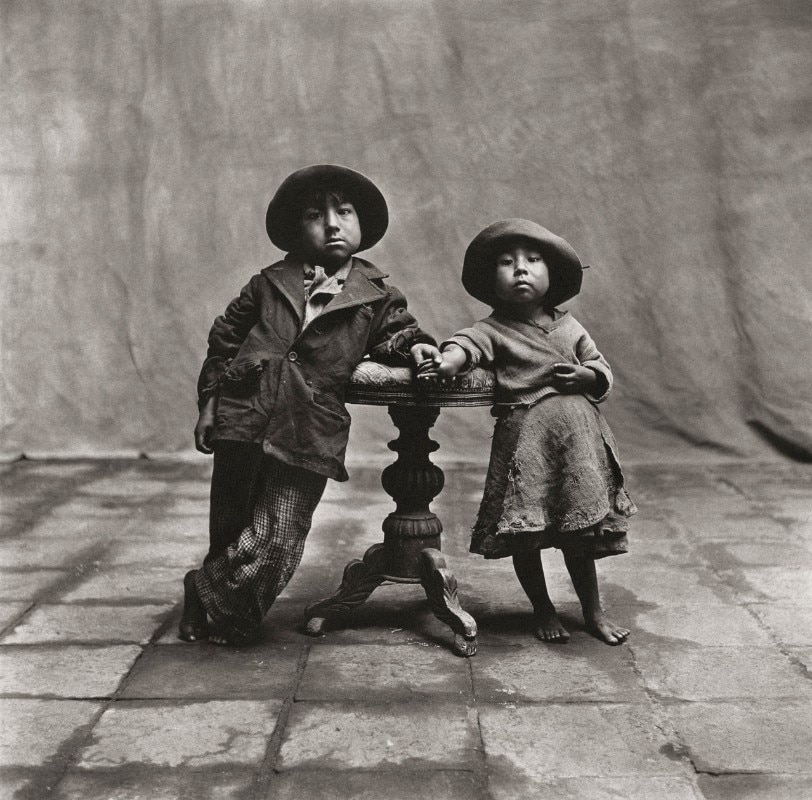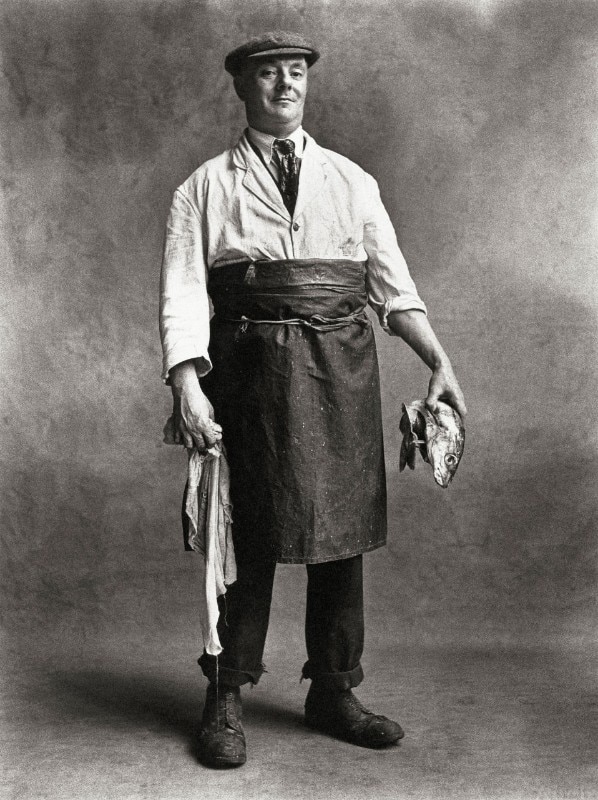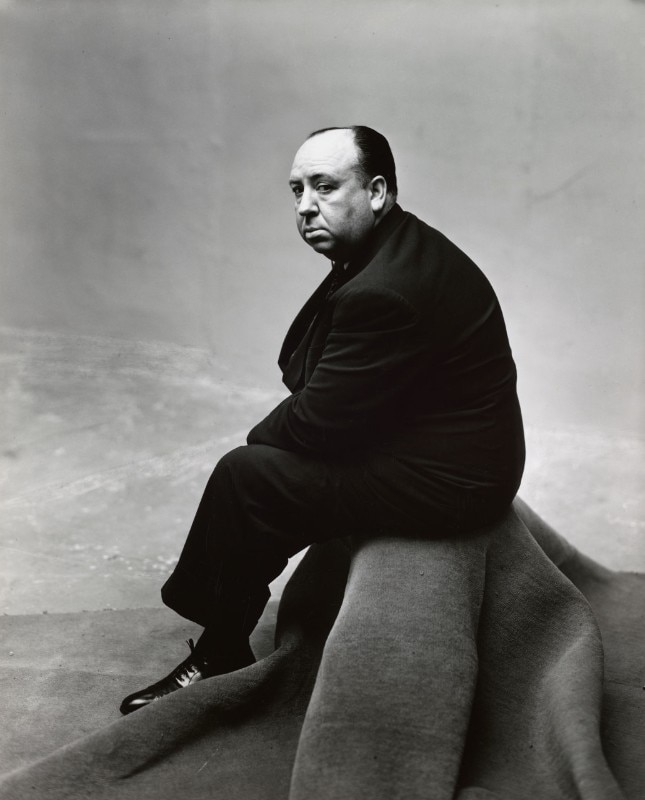Irving Penn was such a talented photographer that all the cities of the world would have competed for the honour of being his birth place. It just so happened that this pride befell Plainfield, New Jersey 100 springs ago. The centennial anniversary of this occurrence was why the Metropolitan Museum of New York celebrated him with full laurels this year, organising with its two curators Maria Morris Hambourg and Jeff L. Rosenheim a large travelling retrospective. After its inaugural instalment in the United States, the exhibition “Irving Penn: Centennial” opened in Paris on 21 September at the Grand Palais in Paris, where visitors are welcome until 29 January 2018. From there, it will travel to C/O in Berlin and São Paulo, Brazil. The show is also the Met’s opportunity to celebrate the generous donation of 187 photographs it received from the Irving Penn Foundation on the occasion of the centenary. These were added to 145 Penn prints already in the museum’s collection.
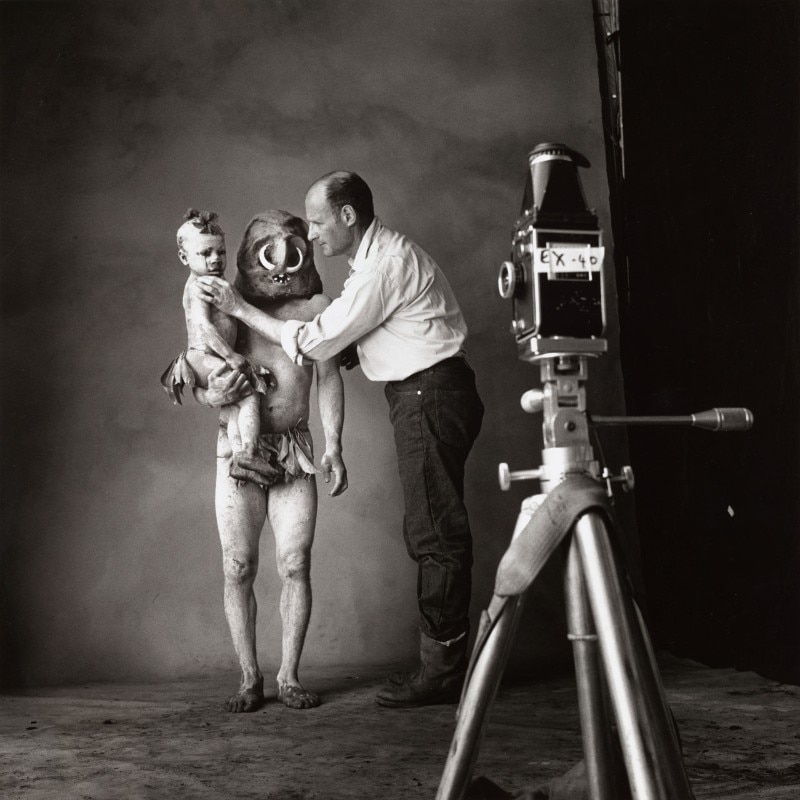
The exhibition features more than 200 photographs made throughout Penn’s nearly 70-year career. During 60 of these, he was a correspondent for Vogue. Penn began working at the end of the 1930s as an assistant at Harper's Bazaar, buying his first Rolleiflex in 1938. He died in full activity in New York in 2009. The show proceeds in chronological order and by thematic groups. There are his famous still-lifes, all from 1947 – the one with the watermelon and the lemon with the fly on it (Still Life with Watermelon); the one with the head of lettuce and two spoons of oil and vinegar (Salad Ingredients); the one where the contents of an evening handbag is spilled on the floor: binoculars, hair pin, pearl earring and whistle (Theatre Accident). Made shortly after, there are portraits of celebrities, called Existential Portraits to distinguish them from the Classic Portraits from the 1950s and ’60s: Igor Stravinsky, Truman Capote and Marcel Duchamp forced into a narrow corner, as if persecuted. There are portraits of the inhabitants of Cuzco, a small, remote village in the Peruvian Andes. They include the famous photo of two children posing barefoot, holding hands (Cuzco Children, 1948).
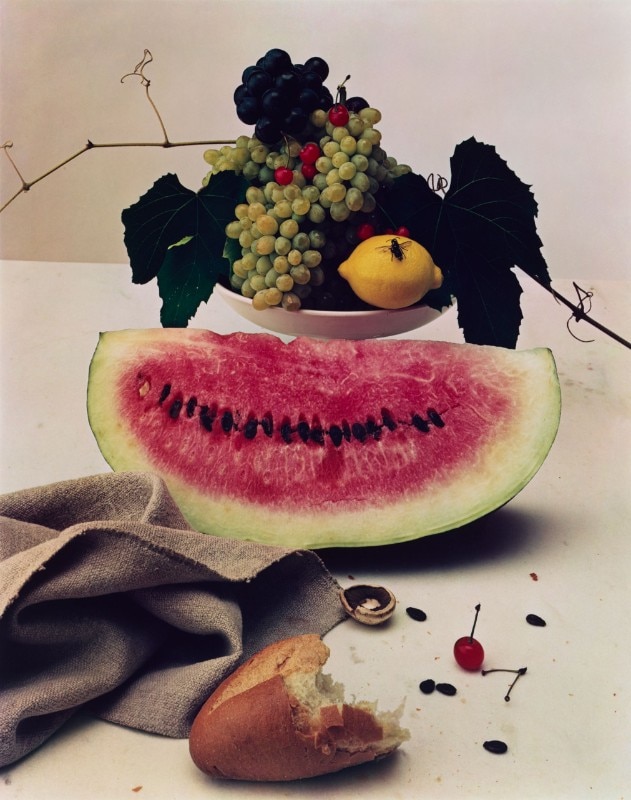
There are, bien entendu, his fashion photographs (1947-1951) with the enchanting Lisa Fonssagrives – model, muse and then Penn’s wife – who multiplies and wanders from shot to shot, here looking at us from under a brim of feathers; there shielded by an open-mesh fishnet veil. There is the series of workers (Small Trades, 1950-1951) dressed in their uniforms, holding the tools of their humble trades: road worker, window washer, train coach waiter and a chamois seller draped with his hides in a way that looks like high fashion. There is the series Nudes (1949-1950), where the photos are framed from the breasts to the lap, where the female body is soft and full, a far cry from the mannequin’s bony frames. There are black women covered in clay and men decorated with fronds of ferns in the series Worlds in a Small Room (1967-1971), the result of trips to Africa, Morocco and New Guinea. There is the splendid series of half-crushed cigarette butts (Cigarettes, 1972), as big and tall as people.
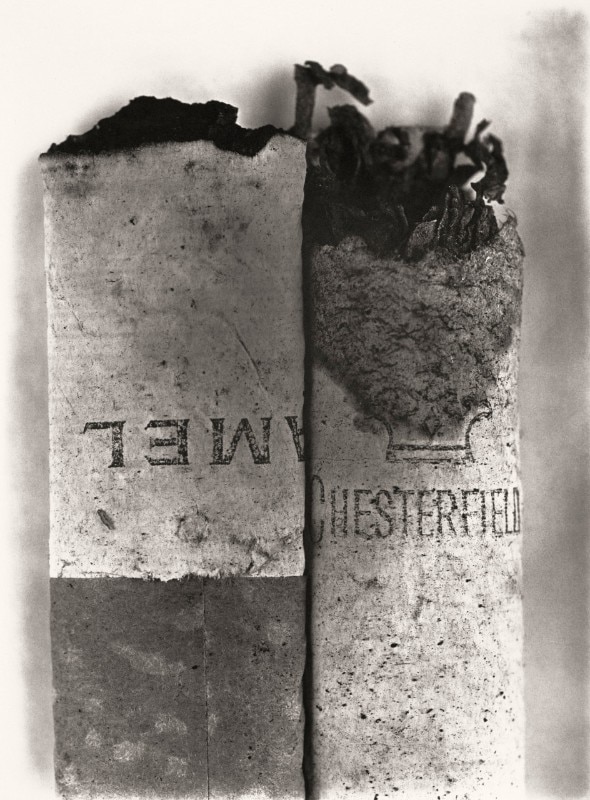
The first photo greeting the visitor in Paris is very curious and entirely surreal. It is Penn's shadow with above his head the shadow of a pistol and above that a larger shadow of a key (Shadow of Key, Gun, and Photographer, 1939). But the first picture of the catalogue is one of a photography studio. And that makes sense, because it is where he brought everybody: models, chimney sweeps and tribal chiefs. Although the sets were often improvised, the studio was flooded with natural light and Penn happily revealed his accoutrements and old theatre-curtain backdrop. When he photographed John Fitzgerald Kennedy in 1960, he had him sit on a common chair and unrolled a used paper backdrop behind him. As the pictures on the walls of the Grand Palais pass by – there's Alfred Hitchcock sitting on an old blanket and a young bride with a thick electrical wire tied around her feet – I ask my friend Marco if these makeshift props were what made Irving Penn's figures so human (whether they are wearing a Balenciaga dress or a firefighter's suit), so different from, say, Richard Avedon, whose subjects also pose in front of neutral backdrops, but without a hair our of place, all smooth and alien. Marco answers, “If 40 years later, Annie Leibovitz was able to photograph the Queen of England without her crown, maybe we can trace that back to the wrinkled paper Penn placed behind Kennedy.” It is how these photographs find their seduction in the ordinary.
- Exhibition title:
- Irving Penn
- Opening dates:
- 21 September 2017 – 29 January 2018
- Exhibition venue:
- Grand Palais, Galeries nationales
- Address:
- avenue des Champs-Élysées, Paris


